Science Illustrated delivers natural science, break through discoveries and an understanding of the world for the entire family. Packed with stunning photography and in-depth editorial it’s a visually spectacular gateway to the world looking into the beginning of life to distant objects in the universe.
Our Lost History
SCIENCE ILLUSTRATED
MEGAPIXEL
Mini-brain connects itself to mouse spinal cord
New rover will search for life • THE LATEST FINDINGS AND DISCOVERIES
Parkinson’s can be hiding in the appendix
BY THE WAY
Disappearing ocean water is difficult to explain
Spiders grow used to city light
Scientists solve bone growth mystery • New knowledge about bone formation might lead to improved treatment of osteoporosis.
Scientists discover hidden dust moon
LOCAL FOCAL POINT · Costa Rica
Scientists find the free will in our brains
New motor powers silent plane • A battery-powered model aircraft produces wind itself to propel it forwards. The plane has no moving motor parts, and so, it glides quietly through the air.
Whales had land-based ancestors. What were they like?
How does a thermal camera work? • SCIENTISTS ANSWER QUESTIONS FROM OUR READERS
SCALE · How radioactive is uranium ore compared to Brazil nuts?
How did blood types originate?
HOW THINGS WORK · How does a Faraday cage work? • A Faraday cage protects against electromagnetic radiation. You probably have one in your kitchen: a microwave oven. The surface of the oven’s metal cabinet is electrically conductive, neutralising the electromagnetic fields from inside the oven.
WHERE DOES CHALK COME FROM?
Can animals also get venereal diseases? • The natural world doesn't do safe sex, and it has a LOT of sex. Can animals catch venereal diseases just like people?
Why are the stars not always visible in photos?
WHAT IS THIS? · False Sun
… high-frequency sounds destroy your hearing? • Loud sounds of many decibels could harm your hearing and cause tinnitus or deafness. But what about high-pitched sounds that we cannot hear? Can they also cause damage?
LIFE ON ALIEN MOONS
Three scopes in search of moons • The potential Kepler-1625 b I exomoon was spotted in the huge data material collected by the Kepler telescope and has since been confirmed by the Hubble telescope. But not until the James Webb telescope is launched in 2021, will we have the first clear images of exoplanets.
The solar system is teeming with moons • Our Solar System only includes eight planets, but 185 known moons, and astronomers discover new ones all the time around the four giant exterior planets. Four of the largest moons, Jupiter’s Europa and Ganymede plus Saturn’s Enceladus and Titan, might include microbial life, although they are located in the outer, cold regions of the Solar System.
Exomoons designed for life • The moons of the Solar System, which are all small, formed in 3 different processes, But in alien exoplanet systems, 2 of the formation processes could have produced large moons in the habitable zone, where the conditions for life are beneficial.
Our ancestors had sex with everybody: ARE YOU FULLY HUMAN?
We can be identified by our skull • The skull is central, when scientists determine whether a discovery is a modern human, but there is not one particular trait that distinguishes Homo sapiens from the Neanderthals and other close relatives of ours. Instead, scientists take a look at a number of different characteristics which provide humans with our distinctive looks.
The Neanderthal is gaining on modern man • Socially and culturally, Homo sapiens was different from the other human species who existed at the same time as our ancestors, but...
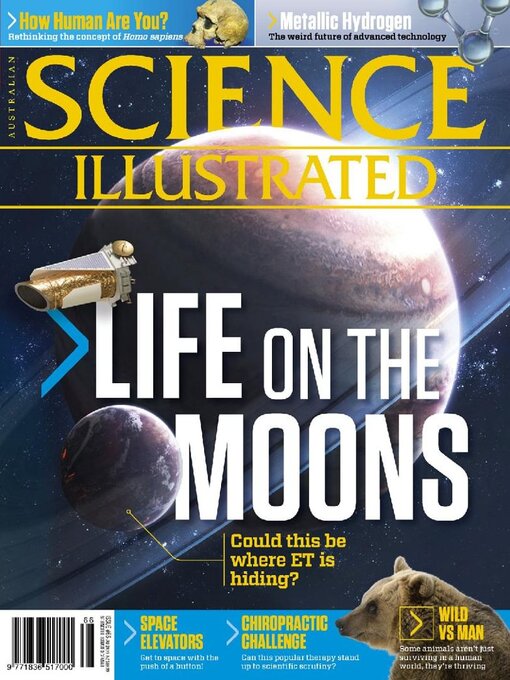
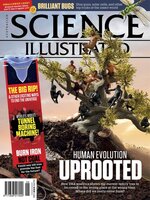 Issue 106
Issue 106
 Issue 105
Issue 105
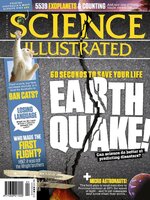 Issue 104
Issue 104
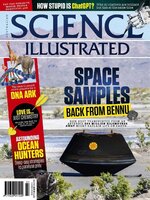 Issue 103
Issue 103
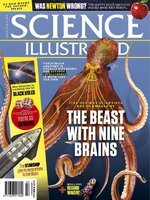 Issue 102
Issue 102
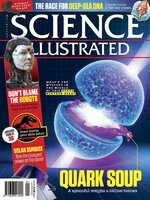 Issue 101
Issue 101
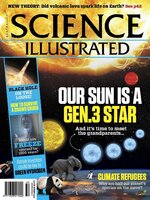 Issue 100
Issue 100
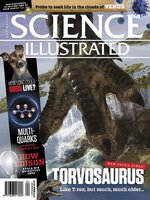 Issue 99
Issue 99
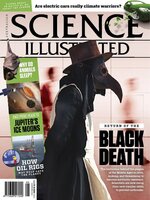 Issue 98
Issue 98
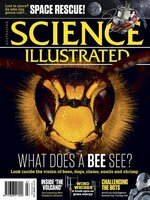 Issue 97
Issue 97
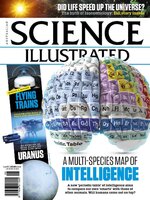 Issue 96
Issue 96
 Issue 95
Issue 95
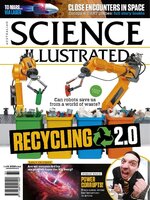 Issue 94
Issue 94
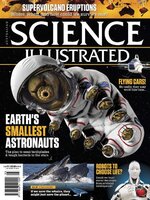 Issue 93
Issue 93
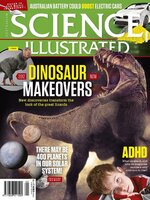 Issue 92
Issue 92
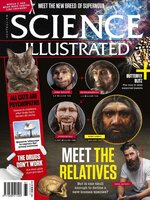 Issue 91
Issue 91
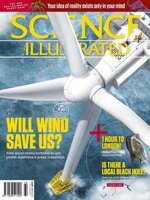 Issue 90
Issue 90
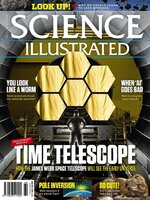 Issue 89
Issue 89
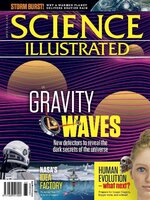 Issue 88
Issue 88
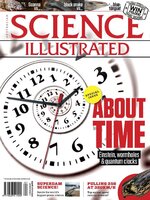 Issue 87
Issue 87
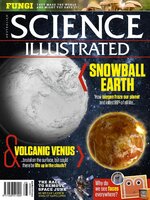 Issue 86
Issue 86
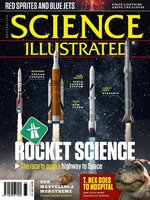 Issue 85
Issue 85
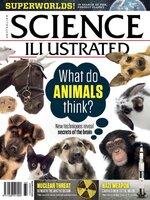 Issue 84
Issue 84
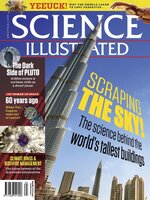 Issue 83
Issue 83
